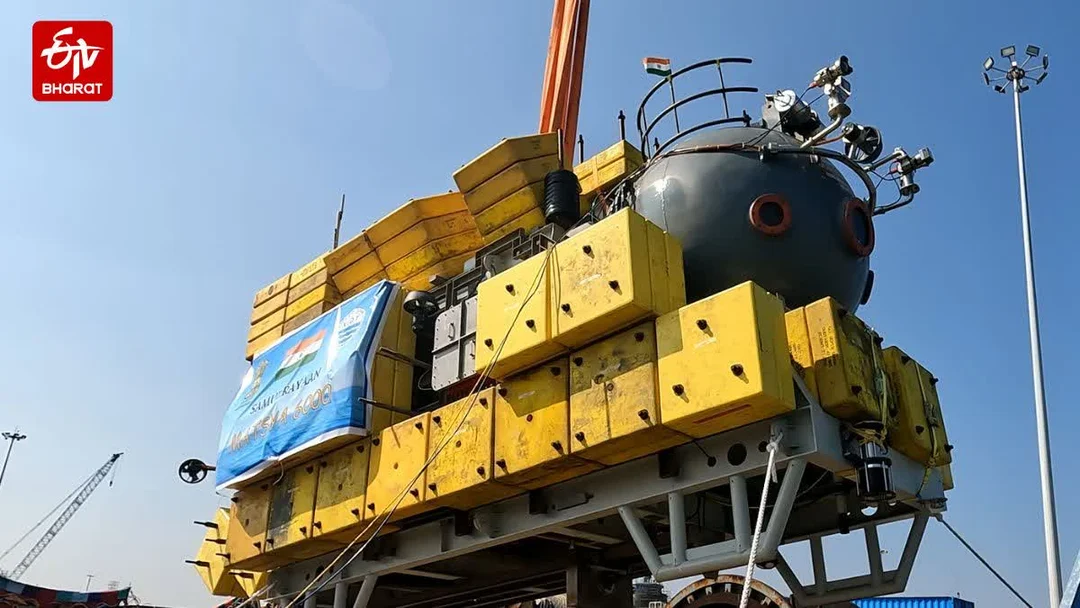
India’s Deep Ocean Mission ‘Samudrayaan’ Set to Launch by 2026: A New Frontier in Ocean Exploration
While we've charted the surfaces of the Moon and Mars, Earth's oceans remain largely unexplored. India is poised to change that with Samudrayaan, a groundbreaking deep-sea mission aiming to unlock the secrets and resources hidden beneath the waves. This ambitious project, spearheaded by the National Institute of Ocean Technology (NIOT) in Chennai, is preparing to send humans deeper than ever before using the indigenously developed submersible, Matsya-6000.
What is Matsya-6000?
Matsya-6000 is a state-of-the-art manned submersible designed to carry three scientists to depths of 6,000 meters. This 25-tonne, 4th generation vehicle is built to withstand the immense pressure and frigid temperatures of the deep ocean. A crucial component is the 2.1-meter personnel sphere crafted from Titanium alloy, developed in collaboration with the Indian Space Research Organisation (ISRO). The submersible will be equipped with advanced systems for buoyancy control, power, navigation, communication, and emergency support, ensuring the safety and effectiveness of the mission.

Successful Wet Test Validates Key Systems
NIOT recently conducted a series of crucial wet tests at an L&T harbour in Chennai. These tests validated the submersible’s systems, sub-systems, integration, and assembly. The tests included both unmanned and manned dives. JP Singh, a former Navy submariner, led the manned dives, testing human support systems, oxygen management, and communication protocols. The unmanned dives focused on insulation, flotation, inclination, and submergence, ensuring the vehicle's reliability in harsh underwater conditions.

Mission Objectives: Exploring India's Blue Economy
The primary goal of Samudrayaan is to explore India's exclusive economic zones and continental shelf, uncovering valuable ocean resources. This includes the search for polymetallic nodules rich in manganese, iron, and other valuable metals. The mission will also investigate gas hydrates and cobalt crusts, potential sources of energy and minerals, contributing to India's blue economy initiatives.
According to Balaji Ramakrishnan, Director of NIOT, the Samudrayaan mission is expected to launch by the end of 2026, after undergoing a 500-meter depth trial planned for the end of this year. With a four-hour descent and ascent time, the mission promises unprecedented access to the deep oceanic zone, enabling scientists to study unique organisms and water characteristics.

Samudrajivah: Another Leap in Marine Technology
In addition to Samudrayaan, India is also developing 'Samudrajivah', an innovative technology focused on large-scale open sea cage farming. These electronically monitored submerged fish cages are designed for offshore regions, leveraging the nutritionally rich deep-sea environment to optimize fish growth and contribute to India's food security.
As India boldly ventures to the Moon, Mars, and now the deepest parts of the ocean, are we on the cusp of a new era of scientific discovery? What impact will these deep-sea explorations have on our understanding of Earth and its resources? Share your thoughts and predictions in the comments below!